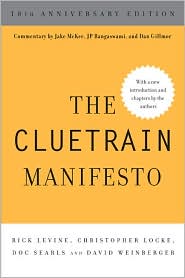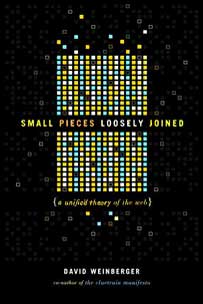December 3, 2016
[liveblog] Amber Case on making the Web fun again
I’m at the Web 1.0 conference, at the MIT Media Lab, organized by Amber Case [@caseorganic]. It’s a celebration of sites that can be built by a single person, she explains.
|
NOTE: Live-blogging. Getting things wrong. Missing points. Omitting key information. Introducing artificial choppiness. Over-emphasizing small matters. Paraphrasing badly. Not running a spellpchecker. Mangling other people’s ideas and words. You are warned, people. |
The subtitle of Amber’s opening talk is “Where did my data go?” She talks about hosting sites that folded and took all the home pages with them. After AOL Hometown got angry comments about this, it AOL Hometown “solved” the problem by turning off comments“solved” the problem by turning off comments. Other bad things can happen to sites you build on other people’s sites. They can change your UI. And things other than Web sites can be shut down — including household items in the Internet of Things.
She shows the Maslow Hierarchy for Social Network Supermarkets from Chris Messina. So, what happened to owning your identity? At early Web conferences, you’d write your domain name on your ID tag. Your domain was your identity. RSS and Atom allowed for distributed reading. But then in the early 2000s social networks took over.
We started writing on third party platforms such as Medium and Wikia, but their terms of service make it difficult to own and transfer one’s own content.
The people who could have created the tools that would let us share our blogs went to work for the social networking sites. In 2010 there was a Federated Web movement that resulted in a movement towards this. E.g., it came up with Publish on your own Site and Syndicate Elsewhere (POSSE
).
Why do we need an independent Web? To avoid losing our content, so businesses can’t to fold and take it with it, for a friendlier UX, and for freedom. “Independent Websites can help provide the future of the Web.”
If we don’t do this, the Web gets serious, she says: People go to a tiny handful of sites. They’re not building as many quirky, niche, weird Web sites. “”We need a weird Web””“We need a weird Web because it allows us to play at the edges and to meet others.” But if you know how to build and archive your own things, you have a home for your data, for self-expression, and with links out to the rest of the Web.
Make static websites, she urges…possibly with the conference sponsor, Neocities.
QA
Bob Frankston: How can you own a domain name?
Amber: You can’t, not really.
Bob: And that’s a big, big problem.








